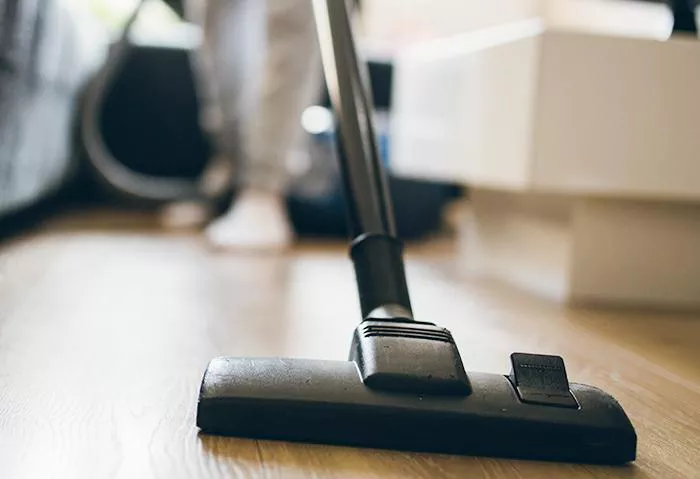Automatic floor vacuums, also known as robot vacuums, have revolutionized home cleaning by offering hands-free convenience. These smart devices navigate through rooms, picking up dust, dirt, and debris without requiring manual effort. But with so many models available, how do you determine the best one for your needs? This article explores the key features, technologies, and considerations to help you choose the best automatic floor vacuum.
How Automatic Floor Vacuums Work
Robot vacuums operate using a combination of sensors, brushes, and suction mechanisms to clean floors efficiently. Most models rely on infrared or laser sensors to detect obstacles and map out the cleaning path. Advanced versions use LiDAR (Light Detection and Ranging) for precise room mapping, allowing them to remember layouts and clean in systematic patterns.
The cleaning process typically involves rotating brushes that loosen dirt, a suction system that pulls debris into a dustbin, and side brushes that sweep particles from edges and corners. Some high-end models also include mopping functions, making them versatile for both hard floors and carpets.
Key Features to Look for in an Automatic Floor Vacuum
When selecting the best automatic floor vacuum, several factors determine its effectiveness and convenience. Suction power is crucial—measured in Pascals (Pa), higher suction ensures better pickup of dust and pet hair. Battery life is another important consideration; premium models offer up to 150 minutes of runtime and automatically return to their charging dock when low on power.
Navigation technology plays a significant role in efficiency. Random-path robots move in unpredictable patterns, while smart mapping robots follow methodical routes for complete coverage. Self-emptying bases are a game-changer, as they allow the vacuum to empty its dustbin into a larger compartment, reducing maintenance. Additionally, Wi-Fi connectivity enables control via smartphone apps, voice assistants, and scheduling features.
Top Contenders for the Best Automatic Floor Vacuum
Several brands dominate the robot vacuum market, each with unique strengths. The Roborock S8 Pro Ultra stands out for its powerful suction, precision LiDAR navigation, and self-cleaning mop pads. It excels in homes with mixed flooring and pet owners needing deep cleaning.
The iRobot Roomba j7+ is another top choice, particularly for its AI-powered obstacle avoidance, which prevents it from getting stuck on cords or small objects. Its self-emptying base and strong carpet performance make it ideal for busy households.
For budget-conscious buyers, the Eufy RoboVac G30 offers reliable cleaning with strong suction and smart mapping at a more affordable price. While it lacks some premium features, it performs well for daily maintenance.
Maintenance & Longevity of Robot Vacuums
To keep an automatic floor vacuum running smoothly, regular maintenance is necessary. The dustbin should be emptied after each use, and filters should be cleaned or replaced monthly. Brushes must be checked for tangled hair or debris, as clogs reduce efficiency.
Battery lifespan is another consideration—most robot vacuums last between two to five years before needing a replacement. Opting for models with easily replaceable batteries can extend the device’s usability. Additionally, software updates can improve performance over time, especially for Wi-Fi-enabled models.
Conclusion
The best automatic floor vacuum depends on individual needs, whether it’s powerful suction for pet hair, advanced mapping for large homes, or budget-friendly options for basic cleaning. By understanding key features and comparing top models, you can find a robot vacuum that simplifies your cleaning routine. Investing in a high-quality automatic vacuum not only saves time but also ensures a consistently clean home with minimal effort.
Related topics:
What Is the Best Vacuum to Use on Hardwood Floors?
LionsBot Launches ‘World’s First Zero-Click Cleaning Robot’
SwitchBot Unveils ‘Multi-Tasking’ Home Robot at CES

